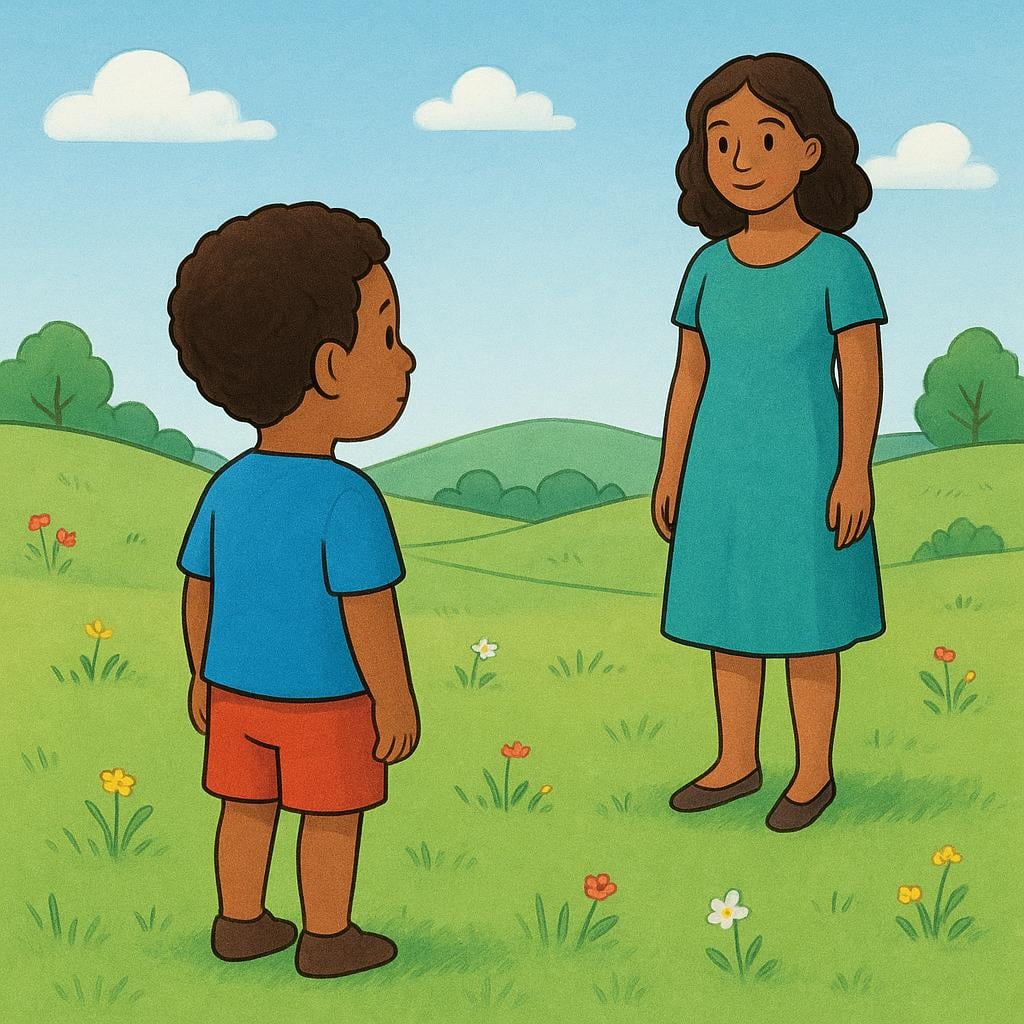
verla
behr-lah
Quick Reference
📝 In Action
Quiero **verla** antes de que empiece la obra.
A1I want **to see it** before the play starts. (Referring to the play/obra, which is feminine.)
Si tienes tiempo, deberías **verla** mañana.
A2If you have time, you should **see her** tomorrow.
Llevamos un año sin **verla**; la extrañamos mucho.
B1We haven't been able **to see her** for a year; we miss her a lot.
Están cerca del parque, podemos **verla** allí.
A1They are near the park, we can **see it** (or her) there.
💡 Grammar Points
Structure of 'Verla'
This word is the base verb ver (to see) with the pronoun la (her/it, feminine) attached directly to the end. The object that is being seen is always feminine and singular.
Pronoun Placement Rule
Pronouns must be attached to the end of infinitives (verla), gerunds (viéndola), and positive commands (¡Vela!), forming one single word. Note that an accent mark is usually added when attaching to a gerund or a command to keep the original stress.
❌ Common Pitfalls
Using the Subject Form
Mistake: "Necesito ver ella."
Correction: Necesito **verla**.
⭐ Usage Tips
Alternative Placement (Two Verbs)
When you have two verbs (like 'I want to see her'), you have a choice. You can say 'Quiero verla' (attached) or 'La quiero ver' (before the first verb). Both are correct!
✏️ Quick Practice
💡 Quick Quiz: verla
Question 1 of 1
Which sentence correctly uses 'verla' to refer to 'la película' (the movie)?
📚 More Resources
Frequently Asked Questions
Why is the stress on 'ver' and not 'la'?
Since 'verla' is built on the infinitive 'ver', the natural stress of the verb remains on the 'e' sound. Attaching the short pronoun 'la' does not change where you put the emphasis when speaking.
Can I use 'verla' if I am talking about seeing a group of friends?
No. Since 'la' is singular, you must use the plural form 'verlas' if you are referring to a group of female friends (*las amigas*) or a plural feminine object (*las fotos*).